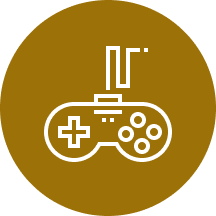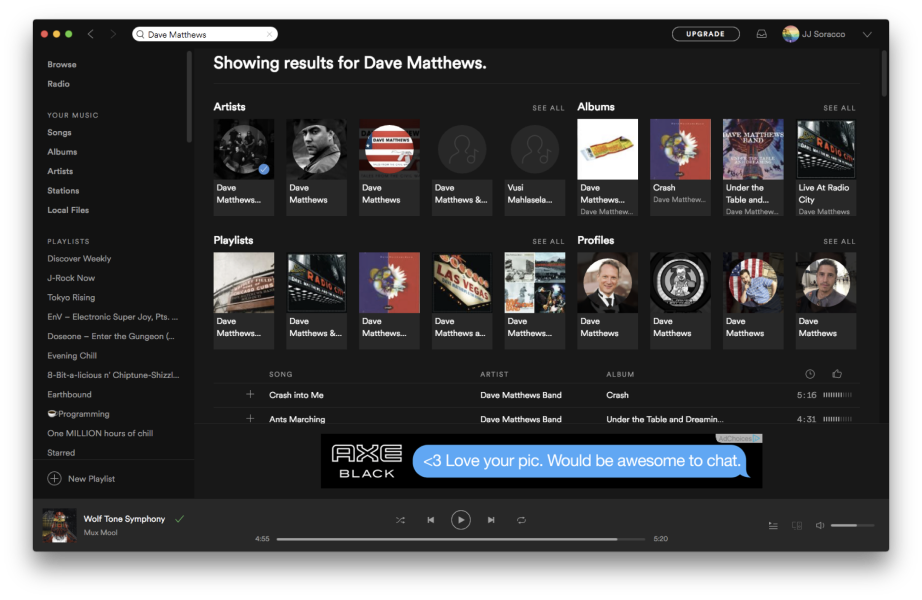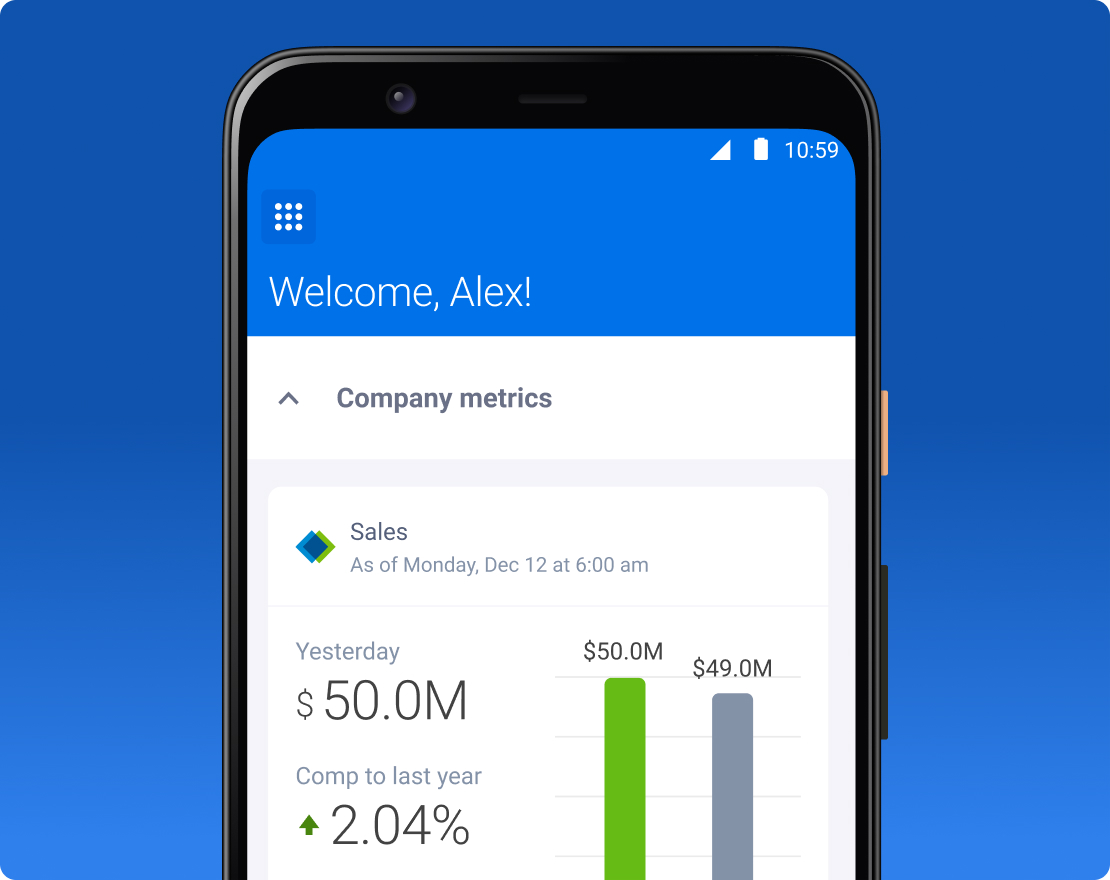Electronic Arts | 2016
Origin Search
Time
2 months
My Role
Lead designer
Additional help
1 visual designer, 1 researcher
What is it?
A single search field that provides results for all content on the Origin, Electronic Arts' desktop game client and e-commerce platform.
The problem to be solved
-
Users found it hard to find things in the client because there were four different search fields across the app
-
Results were contextual to where the search field was located (i.e. the search field in your game library only returned your games)
Key outcome
$6 million uplift in revenue per year through increase usage of search.

















